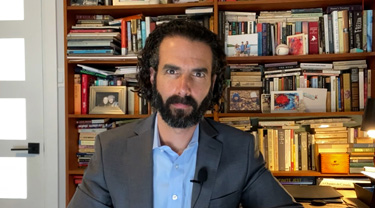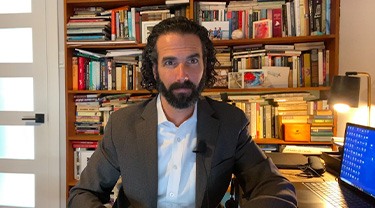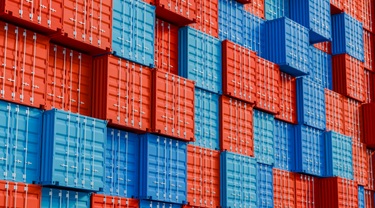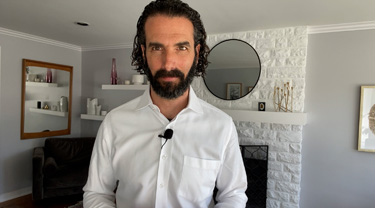Brazil’s pandemic experience has been nothing short of unique. Massive public support measures fuelled one of the fastest post-pandemic economic recoveries in the region. In fact, Brazil’s economy had already reached pre-COVID-19 levels by the end of 2020. Further, notwithstanding President Jair Bolsonaro’s initial COVID-19 skepticism in the face of the dramatic toll the virus took on the Brazilian people, the government did a relatively good job on the vaccination front. But a little more than a year later, with the government out of ammunition, Brazil’s economy has slowed again and is now facing the very real threat of stagflation. When will this perpetually emerging market finally emerge?
The truth is that Brazil never fully recovered from its severe 2014-2016 economic crisis. Heading into the pandemic, the country’s economy was still about 3.5% smaller than it was six years earlier, and underlying momentum was weak.
The 2014 crisis left deep scarring on the labour market, with the unemployment rate stuck in double-digits and households increasingly dependent on social transfers and credit. What’s more, rising prices, partly the result of a depreciated currency, pushed the country into an inflationary cycle that started sooner than most, and that was unrelated to the inflationary pressures impacting the world today.
Rising inflation forced the central bank to start hiking interest rates earlier and quicker than others, taking a chunk out of real earnings and leading to swollen debt servicing burdens. Now, ongoing supply chain headaches and a spike in commodity prices have put household finances under even more strain, as consumption struggles to recover to pre-pandemic levels and address years of deferred spending. Additionally, COVID-19 recovery efforts led to a significant runup in government borrowing, with public debt ballooning to almost 90% of gross domestic product (GDP), and raising concerns around the sustainability of the government’s mostly local currency-denominated debt.
While the government did implement various important reforms through the pandemic, more is needed to ease spending rigidities and broaden its revenue base. However, with 2022 being an election year, prospects for additional reform are weak. Significant post-election reforms are also unlikely, given that there’s little consensus on this front. The weak economic outlook and ongoing spending pressures mean that key debt ratios are expected to trend back up in coming years, leading to a loss of confidence around the government’s commitment to a prudent fiscal framework.
Market jitters surrounding the October elections and fiscal policy uncertainty caused the Brazilian Real to decouple from strong commodity prices, as the pandemic waned. The recent boost in the currency—supported by investors looking to cash-in on the country’s higher interest rates and ongoing commodity price strength—is at risk of being short-lived, as global central banks move into a tightening cycle of their own. A stronger currency would help tame inflationary pressures, but could hit exporters.
While trade isn’t a major driver of the Brazilian economy, accounting for about 30% of the country’s commercial activity, recent shifts out of manufactured exports back toward resources has further entrenched Brazil’s boom-bust growth cycle. With China accounting for one-third of Brazil’s exports, for example, Chinese efforts to reduce soybean imports as well as the challenges facing the Chinese construction sector pose key risks for Brazilian commodity exports.
The outflow of private capital in the aftermath of the 2014 crisis and uncertainty surrounding the election caused business investment to falter. However, investment has recently been buoyed by significant pent-up demand and a number of market-friendly reforms. There appears to be a solid pipeline of projects underway in the market, with investor interest in sectors such as oil and gas, renewables, water, sanitation and health, infrastructure, fintech, and others.
You should also check out
Expanding into this market? Read this insightful guide on the importance of operating your business in an economically, socially and environmentally responsible manner.
The bottom line?
Brazil is endowed with a domestic market of more than 200 million people, a burgeoning middle class, and a wealth of key resources, in a world seemingly more resource constrained by the day. The country is a regional leader, and its size and geographic position make it a strategic foothold into the South American market.
But weak institutions, brittle infrastructure, gross bureaucratic inefficiencies and policy uncertainty have time-and-again made Brazil tomorrow’s market. As inflation stabilizes, and gradually pulls back, we could see the start of an interest rate easing cycle in 2023. While investors would do well to watch the post-election policy backdrop, this could provide an opportune moment for Canadian companies looking to enter this highly volatile, but high-potential market.
With special thanks this week to Daniel Benatuil, senior country risk analyst in EDC’s Economic and Political Intelligence Centre.
As always, at EDC Economics, we value your feedback. If you have ideas for topics that you would like us to explore, please send them our way and we’ll do our best to cover them.
This commentary is presented for informational purposes only. It’s not intended to be a comprehensive or detailed statement on any subject and no representations or warranties, express or implied, are made as to its accuracy, timeliness or completeness. Nothing in this commentary is intended to provide financial, legal, accounting or tax advice nor should it be relied upon. EDC nor the author is liable whatsoever for any loss or damage caused by, or resulting from, any use of or any inaccuracies, errors or omissions in the information provided.







